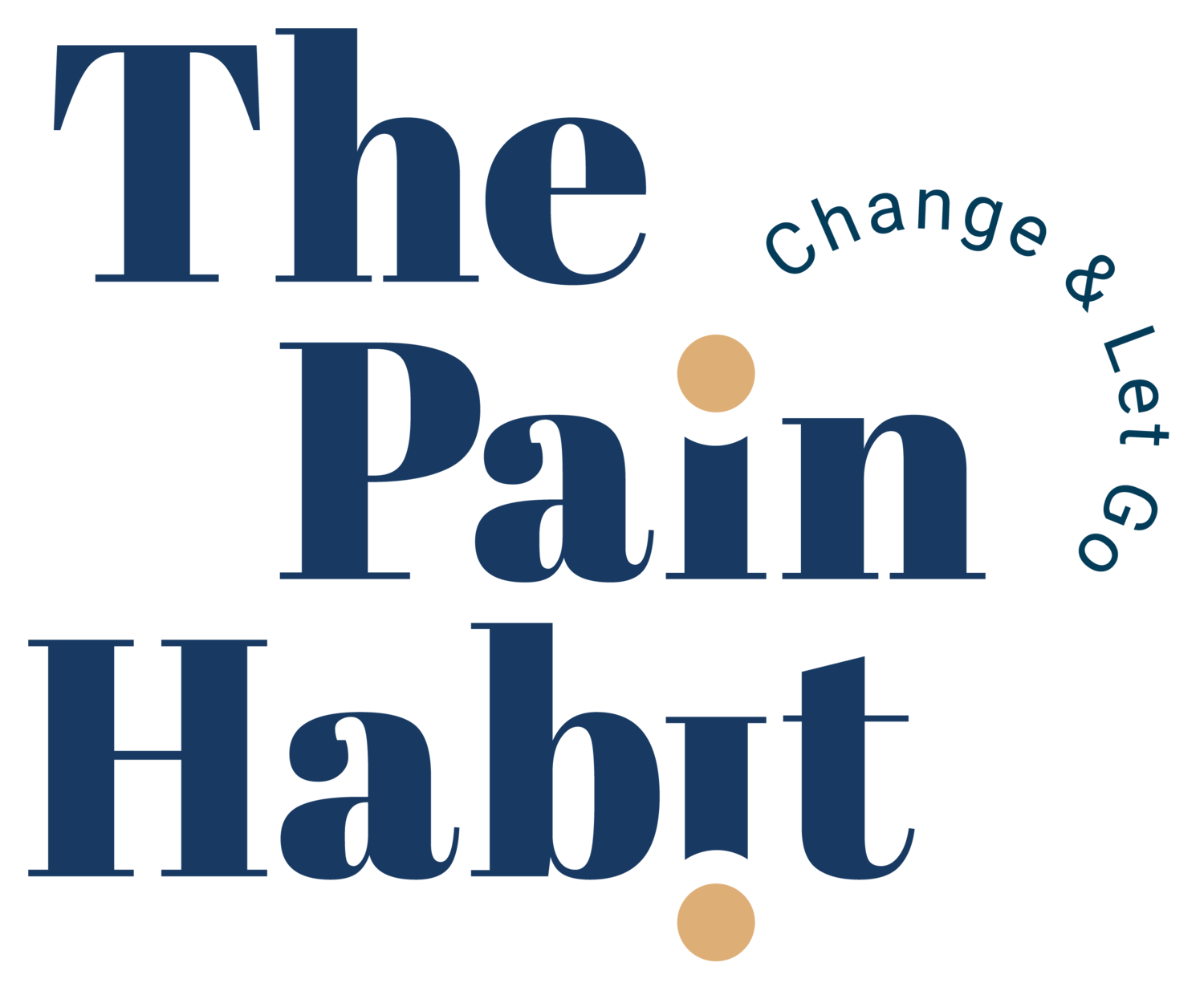Trying to Fix The Unfixable
Grief is Overloading
Overloading themes mirror many situations; grief represents the trauma experienced in this persistent pain cycle. Navigating recovery when you’re last in your queue means exposure to the risk of such pain is high. Here are some words of encouragement from a recent email which may help push you further up that list.
Thank you for taking the time to talk the other day. I'm sorry you have had such a hard time, and I can understand how much effort you've put into your recovery.
Often it is the filter of effort through which we try that turns off the effectiveness of any attempts to recover.
It is an invisible filter of fix-it mode. For so long, we may have had a natural inclination to fix stuff from childhood, translating to many practical applications in adulthood.
Exhausting Way To Live
Unfortunately, it is an exhausting way to live and also a very vulnerable one.
When overload or trauma appears in life, either through those exhausting behaviours or problems with things that matter to us that we can't control, they often go into overdrive in a desperate attempt of one last to fix an unfixable situation.
Suppose we have been used to identifying with these behaviours to form a self-image through which we see ourselves and the image that we show family, friends, colleagues and the wider world.
In that case, it is untenable to offer anything else.
Showing Vulnerability
To show others and, more importantly, ourselves, the vulnerability that all humans feel can be so unpalatable that our brains trigger painful physical sensations to cover the emotional pain we may think is too hard to bear.
At a time of grief for you and your family, can you see how more demands were placed on you to be strong?
For your mam, for siblings or other family members and the default fixing personality traits and skills were pushed too far.
It is the moment the body feels pain, and often the pain appears with such little stimulus that it scares the person during that experience.
A Signal Of Distress
The groin pain you felt from pushing your knees out whilst sitting was once such a moment, but to be told that your psoas has torn misinterprets that signal of distress. Soon after, whilst in bed, feeling the other psoas muscle pull, again is a reasonable conclusion from someone full of fear, frustration, and guilt, but a poor one when delivered from a medical professional who has the opportunity to assess the presentation in the totality of the person's circumstances.
It doesn't mean their diagnosis comes with malice, but it is unhelpful for a fearful patient to hear other scary things that have little basis in truth other than the location of the physical pain is where the clinician had a stab at guessing its cause.
Once more fear arrives, can you see how the left shoulder movement, in a none dangerous way, could follow suit when any experience of pain appears as further proof of illusionary damage?
You are not damaged and not broken.
You have suffered a lot, but you can recover.
A Protective Boundary
Can you see how the pain creates a protective boundary around you to stop any previous behaviour of pushing too hard, both physically and emotionally?
Do you notice how the pain brings you attention from your mam when you'd be responsible for attending to her without it?
It isn't a conscious choice, and the basis for pain follows an unconscious logic that is hard to fathom through conscious processing.
You are not to blame, nor is it any fault on your part.
Logical Unconscious Intelligence
It is entirely logical from the perspective of the unconscious intelligence of your brain and body.
If the pain brings about a sense of care, kindness, love and protection for the organism that is hard to find without it, then the primary basis for keeping that pain makes sense from a survival perspective.
I know that you found it hard even to consider saying no to your mam if you were to reflect on setting boundaries to how you used to see that relationship.
It outlines that the emotional pain of that is more challenging to contemplate than the physical pain that prevents you from facing that situation and its dynamic.
Establishing A Steady State Of Calm
If you can focus part of your energy on establishing a steady state of calm before considering anything else, then rather than facing the physical pain with little chance of change, you build the emotional foundations and stability to face, feel and move through the emotional distress of vulnerability we all must address.
It isn't an easy process, but it is worth the slow and sustained consistency and creating habitual patterns to automate that progress becomes through the small initiative you took the other day with those gentle few breaths.
Keep Moving Through
There is much more to move through, but setting a commitment to yourself and using the leverage of a safe filter through which to do it, means your confidence will build as you can much more effectively apply all that you have learned with the people you have spent time with so far.
Take comfort from the fact that you intellectually understand how and why you are where you are.
Pause any judgement of that and breathe to accept the current situation.
You can use that same calm state to set about the next steps you choose to take
What’s next?
Take Your First Step to Recovery.
Join our FREE private Facebook group, The Pain Habit Community, to see how others have successfully returned to a pain-free life. Get support on your journey.
Sign up for The Pain Habit Blog below.
Subscribe to The Pain Habit YouTube channel.
Buy The Pain Habit book. Order here.



